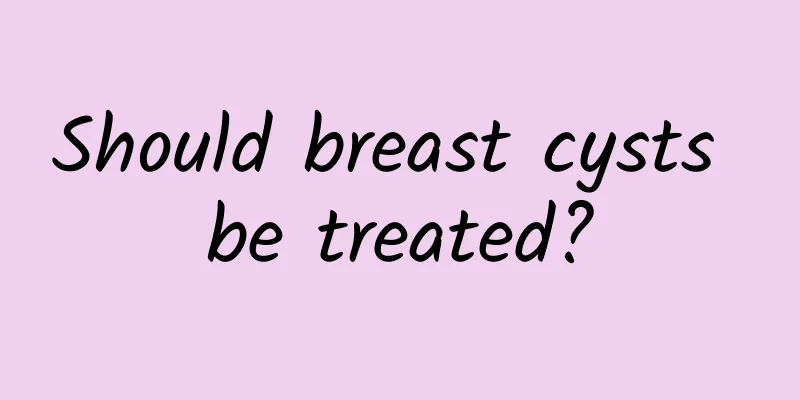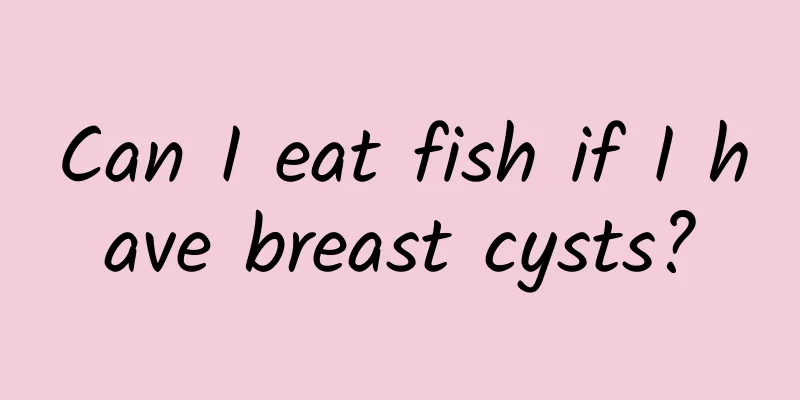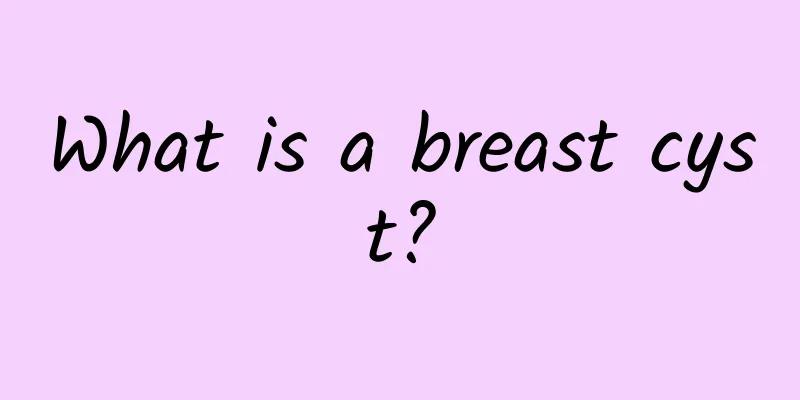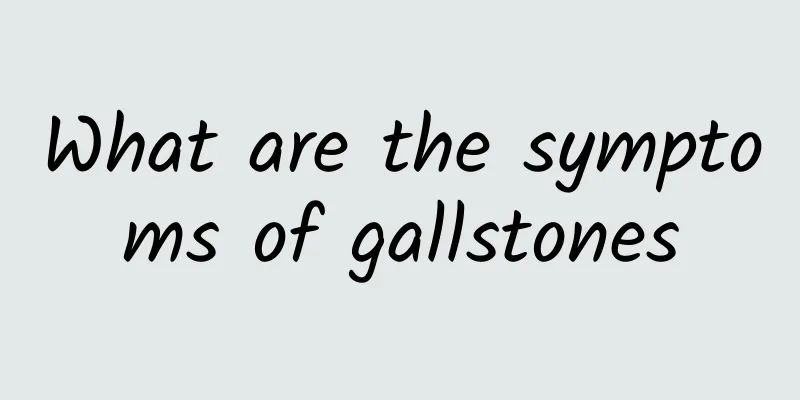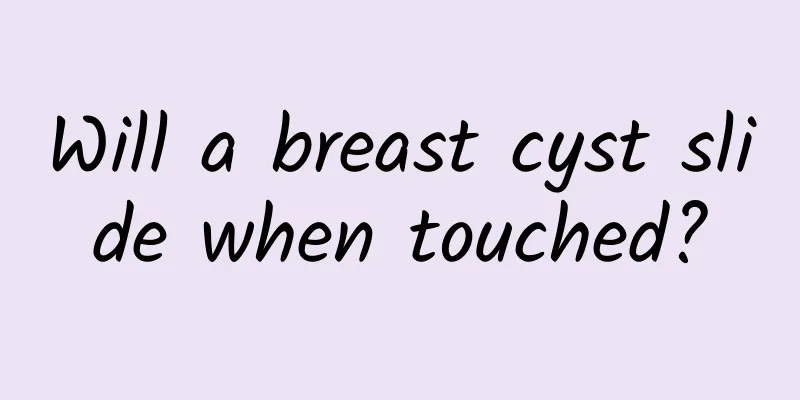How to diagnose and treat gallstones

|
Gallstones are a common digestive system disease that is usually diagnosed through imaging tests. Treatment options are determined based on the size of the gallstones, the severity of symptoms, and the impact on your life. Early diagnosis and appropriate treatment can effectively prevent complications. Gallstones are solid crystals formed in the gallbladder or bile ducts. These crystals are mainly composed of cholesterol, bile pigments or calcium salts. Their formation is related to eating habits, obesity, rapid weight loss, genetic factors and certain diseases (such as diabetes). Most gallstones have no obvious symptoms and are only discovered accidentally during physical examinations or other examinations. However, if the stones block the bile duct, it may cause biliary colic, nausea, vomiting, and even jaundice or fever. The main method for diagnosing gallstones is imaging tests, including abdominal ultrasound, CT scan or magnetic resonance cholangiopancreatography (MRCP). Among them, abdominal ultrasound is the most commonly used and non-invasive method, which can clearly show the location and size of stones in the gallbladder. CT and MRCP are more suitable for evaluating complex bile duct problems, such as stone impaction or cholangitis. Blood tests can help determine whether there is infection or inflammation. Treatments for gallstones can be divided into two categories: non-surgical and surgical. If the stones are asymptomatic, no special treatment is usually required, but regular follow-up is required. If recurrent biliary colic or complications occur, the doctor may recommend surgical treatment, the most common of which is laparoscopic cholecystectomy, which is less invasive and has a quick recovery. For patients who cannot undergo surgery, drug dissolution or extracorporeal shock wave lithotripsy may be used, but the effect is slower and the risk of recurrence is higher. In order to reduce the formation of gallstones or the recurrence of symptoms, it is recommended to maintain a regular diet, avoid excessive intake of high-fat and high-cholesterol foods, exercise moderately, and control weight. If obvious symptoms or recurrences occur, you should seek medical attention in time to avoid serious complications such as cholecystitis or cholangitis. |
>>: Will perianal abscess definitely lead to anal fistula?
Recommend
A cup of coffee a day, breast nodules
A cup of coffee a day will not directly lead to t...
Vaccination for babies with perianal abscess during the stable period
During the stable period of perianal abscess, you...
How to Exercise for Psoriatic Arthritis
Psoriatic arthritis is becoming more and more com...
How long does it take to recover from anal fistula surgery?
The recovery time for anal fistula surgery is usu...
Can I exercise more if I have kidney stones?
Patients with kidney stones can exercise moderate...
Perianal abscess surgery procedure
Anal abscess surgery is a common treatment for an...
Symptoms of intestinal tuberculosis
Intestinal tuberculosis, this name may sound a li...
What causes appendicitis?
What causes appendicitis? Appendicitis is a commo...
How to treat multiple breast cysts
The treatment of multiple breast cysts should be ...
Does Imperata Root Cure Urinary Tract Infection?
Imperata root can relieve the symptoms of urinary...
Can perianal abscess be cured after 15 days of injections?
Perianal abscesses usually need drainage and anti...
How much does it cost to change the dressing after perianal abscess surgery?
The cost of dressing change after perianal absces...
How much does breast cyst surgery cost?
The cost of breast cyst surgery is approximately ...
How to treat bone spurs on hands?
Bone spurs on the hands can be treated conservati...
Precautions after hemorrhoid surgery
Things to note after hemorrhoid surgery: When hem...



